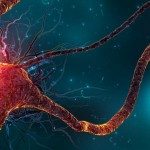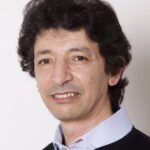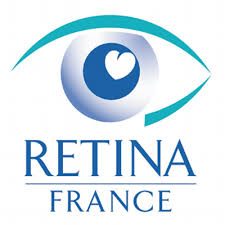About
The TherapUsher project funded by Retina-France is aimed at creating appropriate animal models for the USH1 retinal dystrophy.
The Usher syndrome (USH) is the most prevalent cause of inherited deaf-blindness in humans. Three clinical subtypes, USH1-3, have been defined, and ten USH genes identified. The hearing impairment due to USH gene defects has been shown to result from improper organisation and functioning of the hair bundle, the sound receptive structure of sensory hair cells. In contrast, the cellular basis of the visual defect is less well understood as this phenotype is absent in almost all the USH mouse models that faithfully mimic the human hearing impairment. Structural and molecular interspecies discrepancies regarding photoreceptor calyceal processes and their association with the USH1 proteins have recently been unraveled, and have led to the conclusion that a defect in the USH1 protein complex-mediated connection between the photoreceptor outer segment and the surrounding calyceal processes processes (in both rods and cones), and the inner segment (in rods only), probably causes the USH1 retinal dystrophy in humans. This project aims at creating non-human primate models for the USH1 retinal dystrophy.




